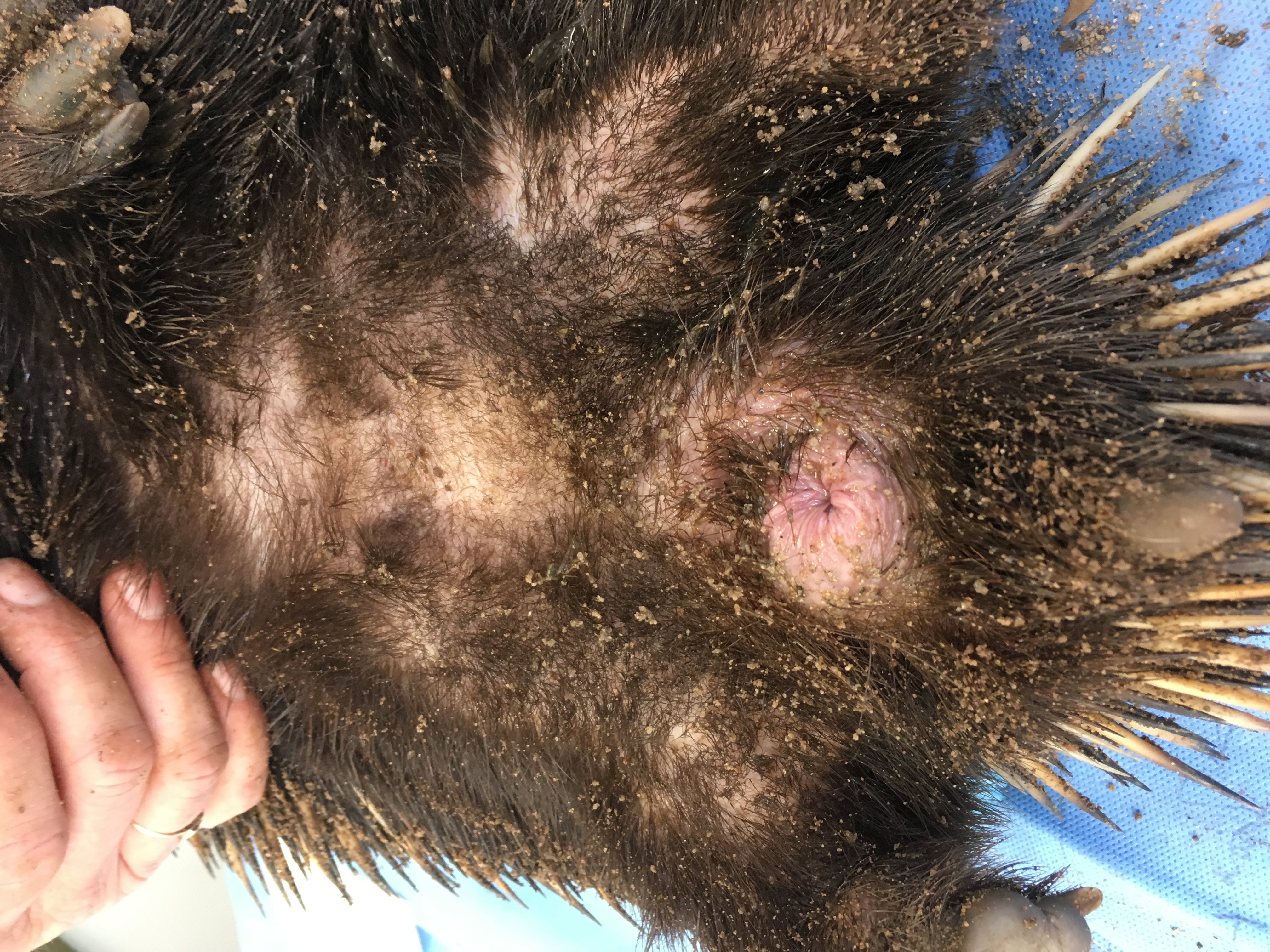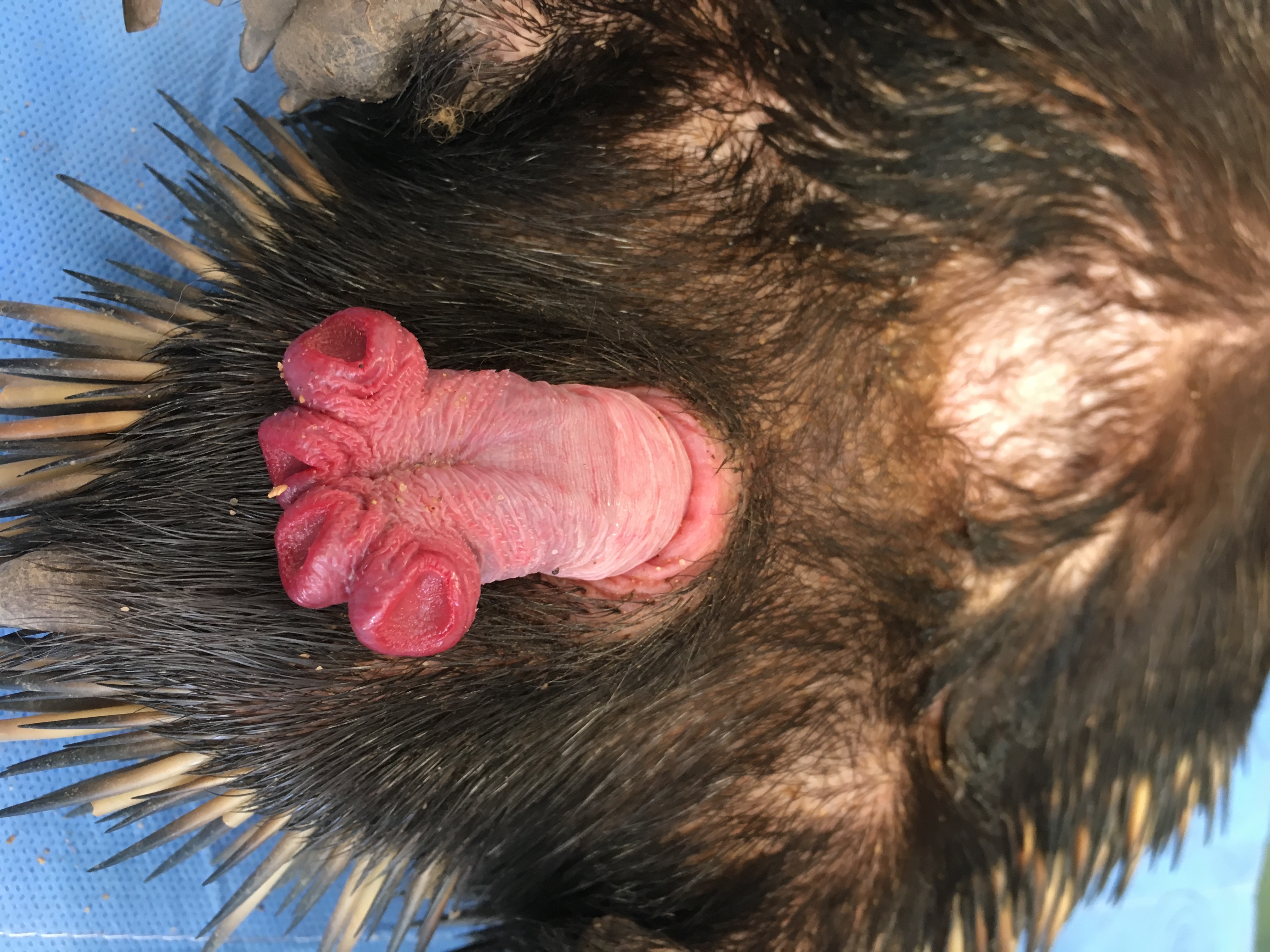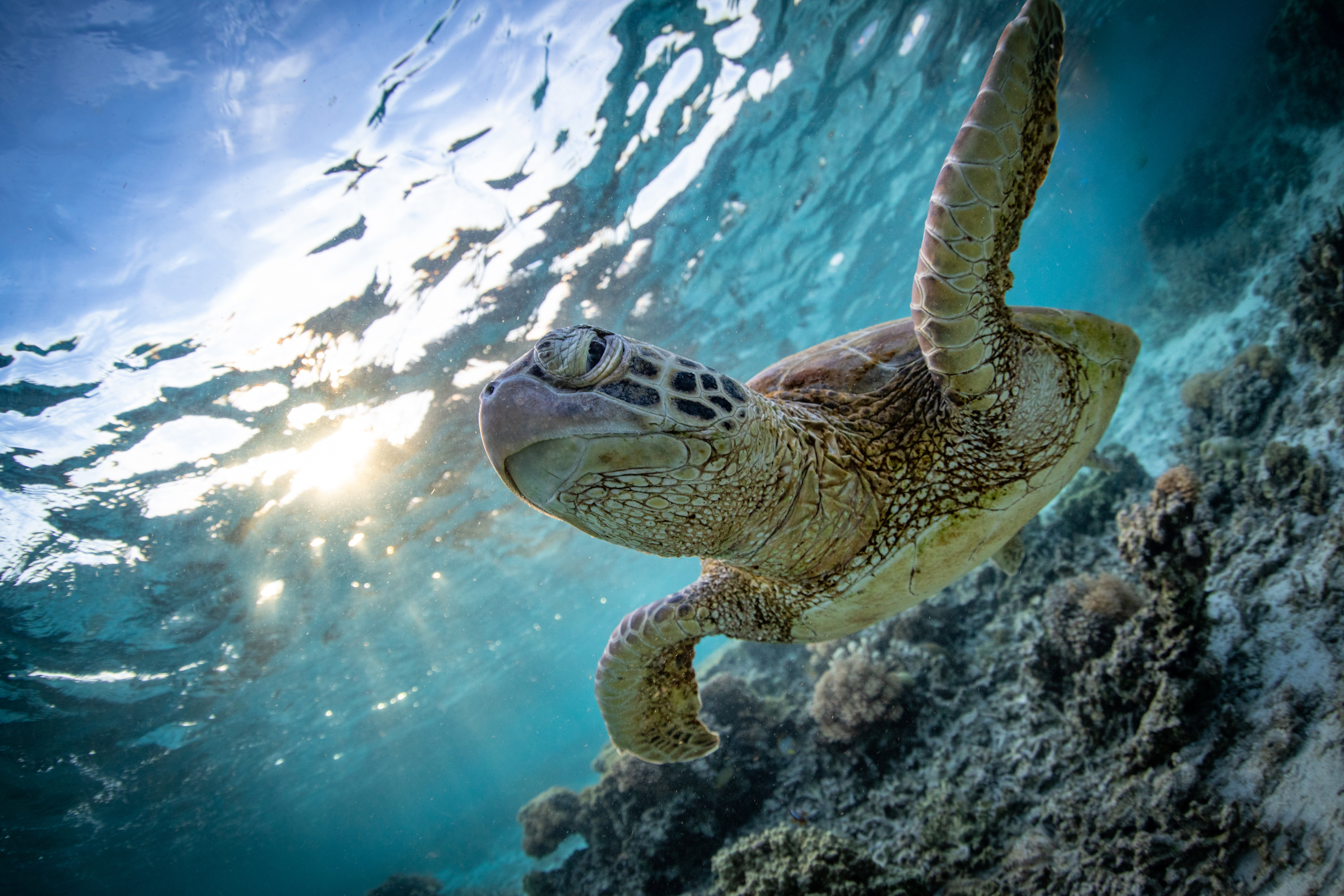
Sciences & Technology
Delving into the DNA of our iconic platypus and echidna

Scientists have for the first time detailed the anatomy and workings of the short-beaked echidna penis, demonstrating its innovative evolution
Published 9 June 2021
Monotremes are among the world’s strangest animals, mixing mammalian and reptilian characteristics in the one creature.
When British scientists in the 18th Century first saw a platypus they dismissed it as a hoax. Eventually, a new group of mammals had to be created to account for the platypus and its fellow monotremes – the four different species of echidnas.

Even today, they remain the least understood group of living mammals.
Monotremes are the only egg-laying mammals, but they also have a number of other unique reproductive characteristics.
For the males, their testes never descend, they have no scrotum, when not in use, their penis is stored internally and their ejaculate contains bundles of up to 100 sperm that swim cooperatively until they reach the egg.
In most other species, sperm swim individually and it’s every sperm for themselves.

Sciences & Technology
Delving into the DNA of our iconic platypus and echidna
Unlike other mammals, the monotreme penis is used only for mating and never carries urine.
Among echidna females, in addition to laying an egg, the pouch where they nurse their young is only a temporary structure and develops by the thickening of the lateral margins around the abdominal region that surrounds the mammary glands.
But perhaps what is most bizarre about the echidna penis is that it has four heads, which are actually rosette-like glans at the end. Only two of these four glans ever become functional during erection and which glans are functional appears to alternate between subsequent erections.
Exactly how echidnas do this has always been a mystery. But for the first time we have untangled what is going on anatomically, with the results now published in the journal Sexual Development.

Our research is a collaborative project involving scientists from the University of Melbourne, University of Queensland and Monash University, but most crucial to the work has been the Currumbin Wildlife Sanctuary on the Gold Coast, which has established a small breeding colony of echidnas.
Around 50 injured echidnas are brought to the wildlife hospital at Currumbin every year, the majority from road accidents. Unfortunately, many of these echidnas are hurt beyond recovery and have to be euthanised. It’s these animals we used for the study, but we were also able to observe a tame echidna.

Sciences & Technology
Male fertility ‘precariously close’ to climate change extinction limits
To understand the mechanisms at work we used microCT (Computer Tomography) scanning in combination with microscopy techniques. A normal CT scan, which uses computer technology to make 3D images from X-rays, only picks up mineralised (hard) tissue, but by staining the penis with iodine we could pick up the soft tissue details.
This meant we could create a 3D model of the whole echidna penis and its important internal structures in order to see how it operates.
Most mammals have a single urethral tube which carries the semen to the penis tip. The echidna urethra starts as a single tube, but toward the end of the penis it splits into two and each of these then splits again – resulting in each of the four branches ending up at one of the four glans.
Initially, we thought we’d find some sort of valve mechanism on the urethra when it first started branching to control the one-sided action seen in our tame echidna. Instead, we found that the erectile tissues that make up the echidna’s penis are a very unusual.

All mammalian penises consist of two erectile tissues, the corpus cavernosum and the corpus spongiosum. The main role of the corpus cavernosum is to fill up with blood and maintain an erection. The corpus spongiosum also fills up with blood, but its main role is to ensure that the urethral tube remains open at erection so that semen can pass through.
In most other mammals, both the corpus cavernosum and the corpus spongiosum start off as two separate tissues at the base of the penis but then the corpora spongiosa merge into one.
In the echidna, the corpora cavernosoa merge into one structure and the corpora spongiosa remains as two separate structures.

Sciences & Technology
The secret lives of farmed fish
Furthermore, we found that the major blood vessel of the penis also splits into four branches following the branching of the urethra.
In effect, this means that the end of the echidna penis acts like two separate glans penises. Blood flow can be directed down one side of the corpus spongiosum or the other to control which half becomes erect and which branch of the urethra remains open.
We’re not sure exactly why they only use two glans at any one time. It’s possible that it’s to do with male competition for females. By alternating the use of each side our tame echidna can ejaculate 10 times without significant pause, potentially allowing him to out-mate less efficient males.
Superficially, the platypus penis looks very different – not only does it have only two heads (or glans), but, the entire penis is covered with distinct keratinous spines. However, the internal structures appear very similar to those in the echidna.

Currently, we don’t have any data on what an erect platypus penis looks like so we don’t know if they use both at the same time.
The echidna penis is very unusual amongst mammals.
Some marsupials like the bilby also have a split urethra, but these split into two branches only and, in these species, it’s the corpora cavernosum that separates into two structures when the urethra splits.

Sciences & Technology
When one feral cat just isn’t another feral cat
Previous studies had suggested that the echidna resembled some snakes and lizards which have hemipenes (split penises). However, we found that the echidna penis had some similarities to those of crocodiles and turtles. For example, some turtles have a five glans penis, which appears to have a similar internal anatomy.
There’s some evidence that the penis in all amniotes (reptiles, birds and mammals) has the same evolutionary origin. Our study shows that while the echidna penis is mammalian in origin – it has some evolutionary innovations all of its own.
This is probably because they don’t need to use their penis for urine, so they didn’t have the evolutionary constraints of other mammals to stick to the standard penis design.
Regardless, the echidna penis functions efficiently to transfer sperm directly to the female reproductive tract.
Banner: Getty Images